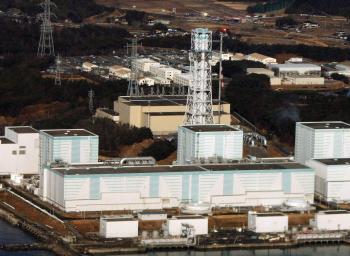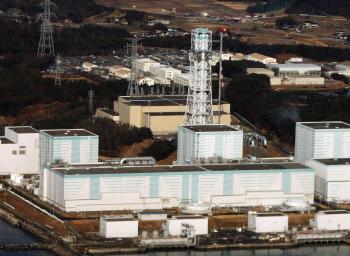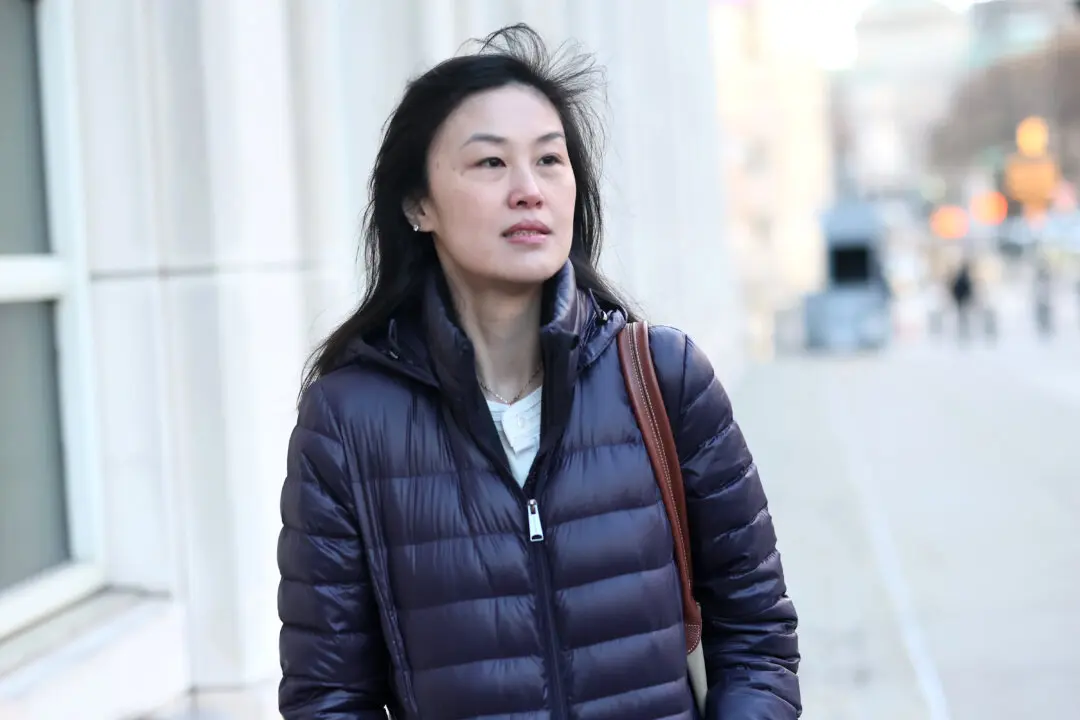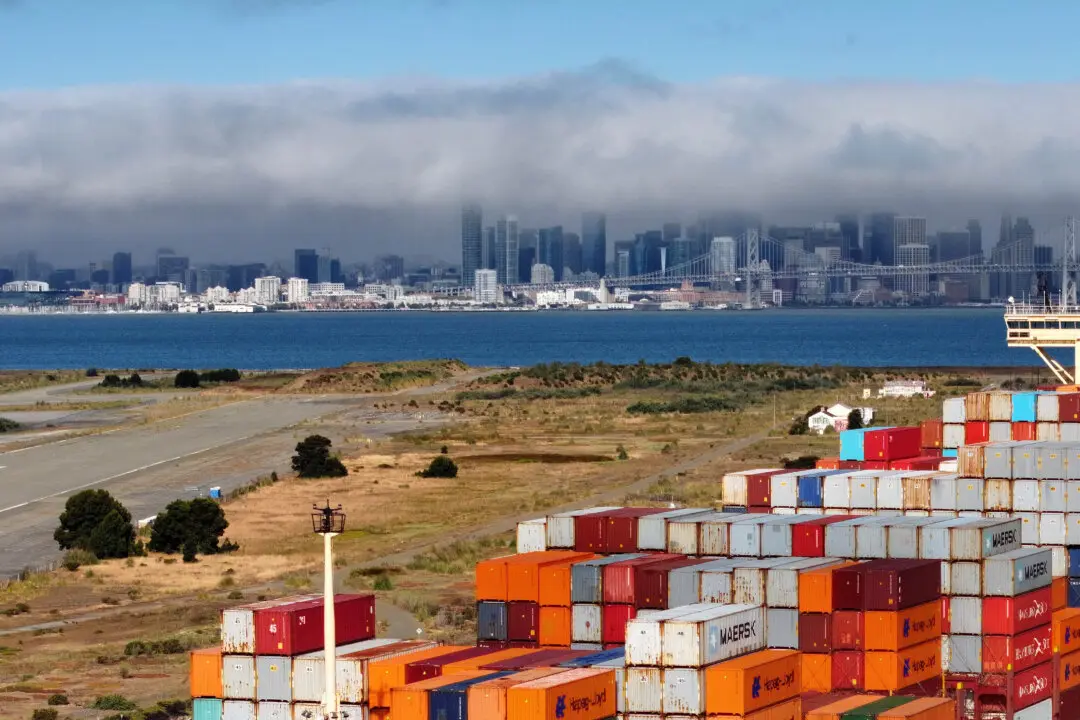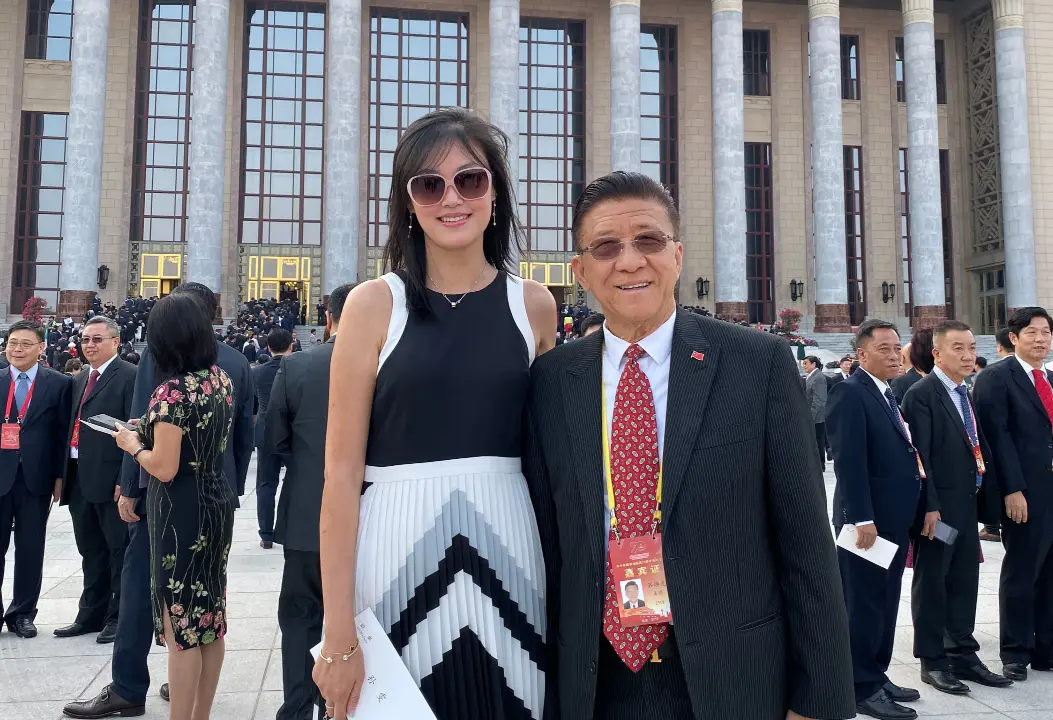Japan, the World’s Most Earthquake-Prone Nuclear Power Producer
Japanese authorities warned on Sunday that a second nuclear reactor at the Fukushima Daiichi power plant could explode; heightening fears among many that Japan is headed for a major nuclear emergency.
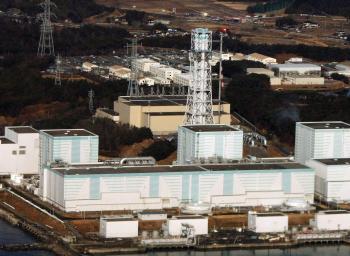
NUCLEAR NIGHTMARE: An aerial photo shows the quake-damaged Fukushima Daiichi nuclear power plant in the Futaba District of Fukushima Prefecture on March 12. The No. 1 reactor in the plant exploded Saturday and on Sunday Japan's chief Cabinet secretary warned that the No. 3 reactor in the plant could also explode. JIJI Press/AFP/Getty Images
|Updated:

